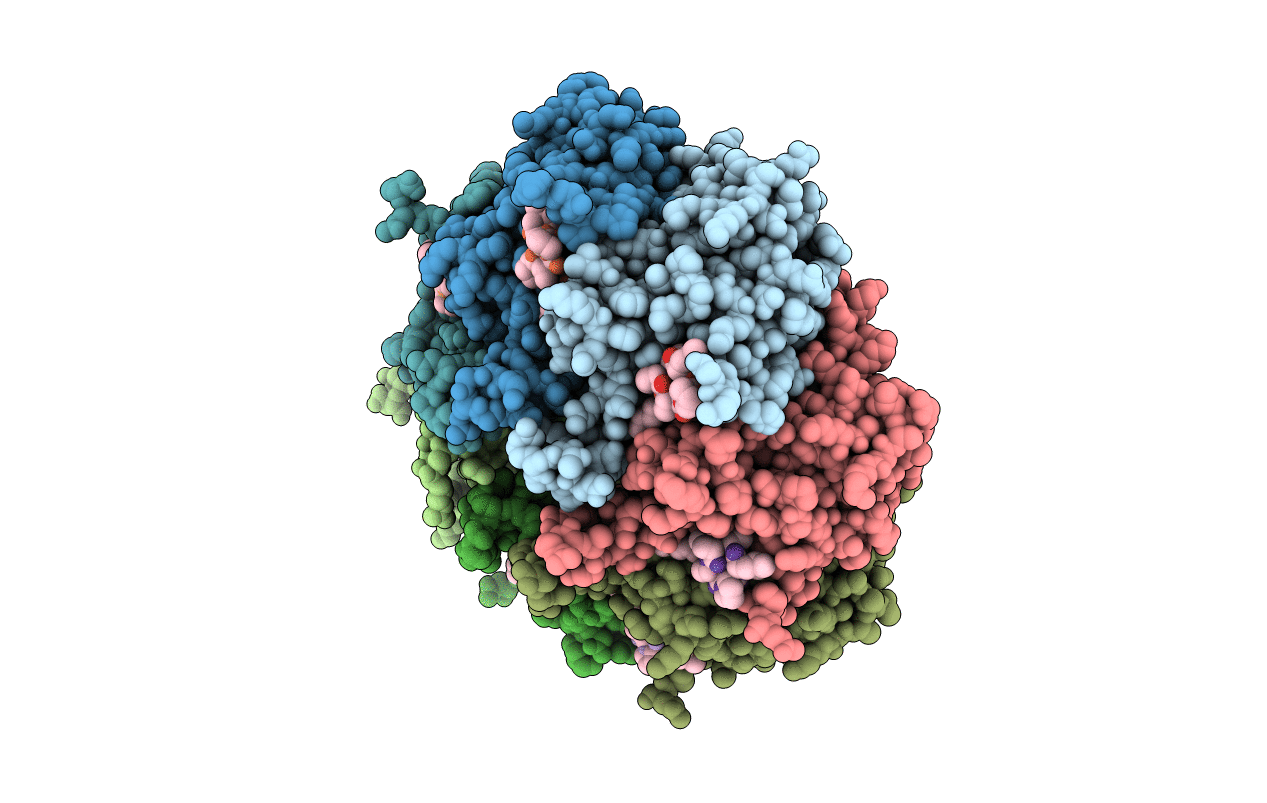
Deposition Date
2017-10-17
Release Date
2018-07-11
Last Version Date
2023-11-15
Entry Detail
PDB ID:
6BBA
Keywords:
Title:
Crystal structure of human mitochondrial ClpP complex with acyldepsipeptide ADEP-28
Biological Source:
Source Organism:
Homo sapiens (Taxon ID: 9606)
synthetic construct (Taxon ID: 32630)
synthetic construct (Taxon ID: 32630)
Host Organism:
Method Details:
Experimental Method:
Resolution:
2.80 Å
R-Value Free:
0.23
R-Value Work:
0.18
R-Value Observed:
0.18
Space Group:
P 32 2 1


